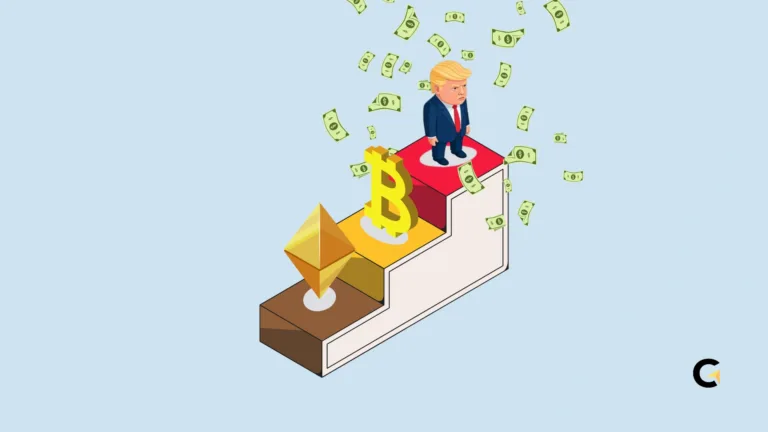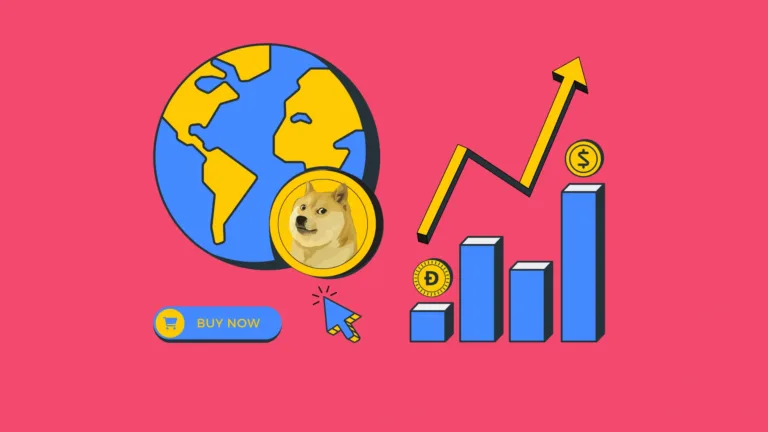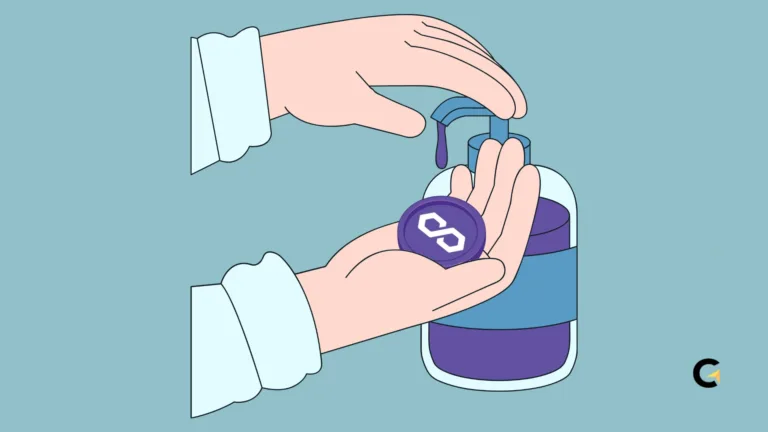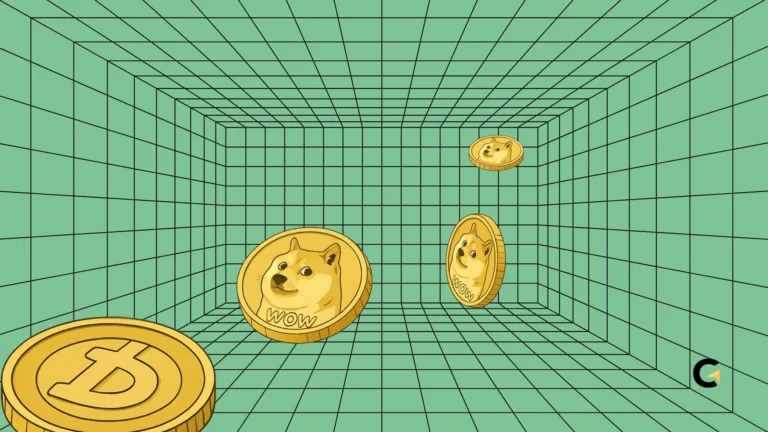Tether USDT in 2050: Toward Dominance or Headed for Crisis?
Launched in 2014, Tether (USDT) has evolved into a dominant force in the world of stablecoins. With a market capitalization surpassing $140 billion by early 2025 (Forbes), USDT is far more than just a digital token pegged 1:1 to the US dollar — it has become a critical pillar in modern digital finance infrastructure.
Its role as a “liquidity bridge” makes it indispensable across the crypto ecosystem, from day-to-day trading to serving as a store of value during turbulent market conditions (Netcoins).
Yet, as global regulations tighten, competitors multiply, and technological disruption accelerates, many wonder: can Tether maintain its peg and dominance through 2050?
Or will it be undermined by market shifts and escalating regulatory pressure?
Principal Conclusions
Hide-
Strong $1 Peg: Tether’s liquid and diversified reserves are expected to continue supporting the $1 price point.
-
Regulatory Pressures: Evolving laws in the U.S., EU, and developing economies could reshape operations.
-
Stablecoin Competition: CBDCs and asset-backed stablecoins are growing threats to USDT’s dominance.
-
Risk & Opportunity: While minor depegging is possible, global liquidity demand remains a strong tailwind.
-
2050 Outlook: From stable peg to digital dollar adoption — the future holds multiple paths for USDT’s evolution.
Forecasting USDT’s Stability and Risks by 2050
Dominance and Peg Resilience
Tether’s diverse, liquid reserve mechanism continues to serve as the foundation that anchors USDT close to its $1 peg — even amidst market stress.
Rising Regulatory Pressure
Policy changes in the U.S., Europe, and emerging markets are reshaping the regulatory landscape, prompting Tether to revisit its internal frameworks, particularly around reserve disclosures and audit compliance.
An Intensifying Competitive Landscape
The emergence of new asset-backed stablecoins and Central Bank Digital Currencies (CBDCs) is creating a wave of alternatives. To maintain its dominance, Tether must continue innovating.
Risks and Opportunities
Short-term depegging may occur during extreme market events, but rising demand for digital dollar instruments and cross-platform liquidity solutions keeps growth prospects alive.
Looking Ahead to 2050
From best-case scenarios where Tether solidifies its peg, to futures dominated by CBDCs, USDT’s trajectory is filled with both uncertainty and immense potential — possibly evolving into the “global digital dollar.”
How Tether Maintains Its $1 Peg
Complex Reserve and Liquidity Mechanisms
Tether asserts that every USDT token is backed by a diversified portfolio of assets, including cash, short-term commercial paper, and other low-risk instruments.
This reserve structure is designed to remain highly liquid and responsive to sudden market shifts (Tether).
According to S&P Global, the diversity in Tether’s reserve base is a key factor in preserving price stability. However, they also highlight areas for improvement, particularly in transparency and risk management practices.
Redemption Mechanisms and the Role of Secondary Markets
In theory, USDT holders can redeem their tokens directly for U.S. dollars through Tether Limited. In practice, however, high redemption fees and minimum thresholds discourage many users from doing so.
Instead, they prefer to trade USDT on secondary markets, which adds another layer of liquidity.
During times of market stress, this secondary market activity helps USDT maintain its dollar peg, as demand and supply continue to be absorbed efficiently across exchanges (Netcoins).
Transparency Challenges: The Lingering Issue
Criticism Around Disclosure and Audits
Consumer advocacy groups such as America Consumer Warning have expressed concern over Tether’s lack of independent audits. For users who rely on the 1:1 backing assurance, this absence of transparency is a serious red flag.
S&P Global also notes that Tether does not separate its own corporate assets from customer-held reserves — a risky omission in the event of bankruptcy or asset seizure.
Implications for Long-Term Price Stability
Public doubts around transparency may lead to short-term price volatility. Still, in a global financial landscape that craves digital dollar liquidity, long-term demand for USDT remains robust, helping to steady its price over time (WSJ).
Regulation and Compliance: A Double-Edged Sword
Legislative Moves in the U.S.
A bill known as the Genius Act, currently under discussion in the U.S. Senate, aims to introduce a clearer regulatory framework for stablecoin issuers.
If passed, Tether would be required to tighten reserve disclosures and undergo regular audits — steps that could enhance legitimacy but also raise operational overhead (MarketWatch).
Europe’s MiCA Framework
In the EU, the upcoming Markets in Crypto-Assets (MiCA) regulation, set to take effect by the end of 2025, has already begun reshaping the crypto environment.
Anticipating legal complications, several major exchanges — including Coinbase Pro — have temporarily delisted USDT to avoid compliance issues (Coinpedia).
Geopolitical and Global Risk Factors
Tether’s associations with entities in countries like El Salvador, and its alleged involvement in complex financial networks, add a geopolitical layer to its regulatory challenges.
The Guardian has reported that such entanglements could complicate international compliance efforts and hinder global expansion.
USDT Price Scenarios by 2050
| Scenario | Description | Estimated Price |
|---|---|---|
| Stable Peg | Strengthened reserves, regulatory clarity, and global licensing. | $0.99 – $1.01 |
| Minor Depegging | Temporary fluctuations due to liquidity crises or audit-related concerns. | $0.95 – $1.05 |
| CBDC Transition | CBDCs dominate, reducing demand for USDT as a stable alternative. | $0.90 – $1.10 |
| Trust Crisis | Independent audits reveal reserve flaws, triggering major capital outflows. | $0.70 – $1.30 |
Key Factors Shaping Tether’s Future
Adoption Across DeFi & CeFi
USDT’s utility as a bridge between traditional finance (CeFi) and decentralized finance (DeFi) is essential to its continued relevance.
Technological Advancement
Support for multi-chain transactions and efficient bridging protocols will determine Tether’s ability to remain competitive.
Global Monetary Policy
Interest rates, inflation, and liquidity policies from major central banks will directly impact demand for digital dollar assets like USDT.
Rising Stablecoin Competition
Rival stablecoins such as USDC, BUSD, and gold-backed coins — alongside the growing rollout of CBDCs — will intensify the fight for user trust and adoption.
Conclusion: Tether in the Long-Term Spotlight
As we gaze into 2050, Tether’s path is anything but straightforward. With rising regulatory scrutiny and ongoing concerns about transparency, challenges abound.
Yet its strong reserves, deep market integration, and unmatched liquidity utility give it a real shot at longevity.
In the most plausible future, USDT will continue playing a key role in global digital finance — not without turbulence, but with enduring relevance.
Most projections place its value within the $0.95 to $1.05 range, acting as a stable anchor in the ever-volatile sea of cryptocurrencies.
Frequently Asked Questions (FAQs)
Why does USDT usually trade close to $1?
Because each USDT is backed by dollar-equivalent reserves and a redeem mechanism that ensures 1:1 liquidity under normal conditions.
What are the biggest risks to the $1 peg?
Lack of independent audits, sudden liquidity crunches, and regulatory crackdowns are the key threats to peg stability.
How might new regulations affect USDT?
In the U.S., the Genius Act could enforce tighter audits and capital requirements. In the EU, MiCA could trigger delistings or operational overhauls.
Could CBDCs replace USDT?
CBDCs could erode USDT’s market share, but widespread CBDC adoption may still be years — if not decades — away.
What’s the worst-case scenario for USDT by 2050?
A trust crisis. If audits reveal problematic reserves, it could lead to a value collapse, ranging anywhere from $0.70 to $1.30.







